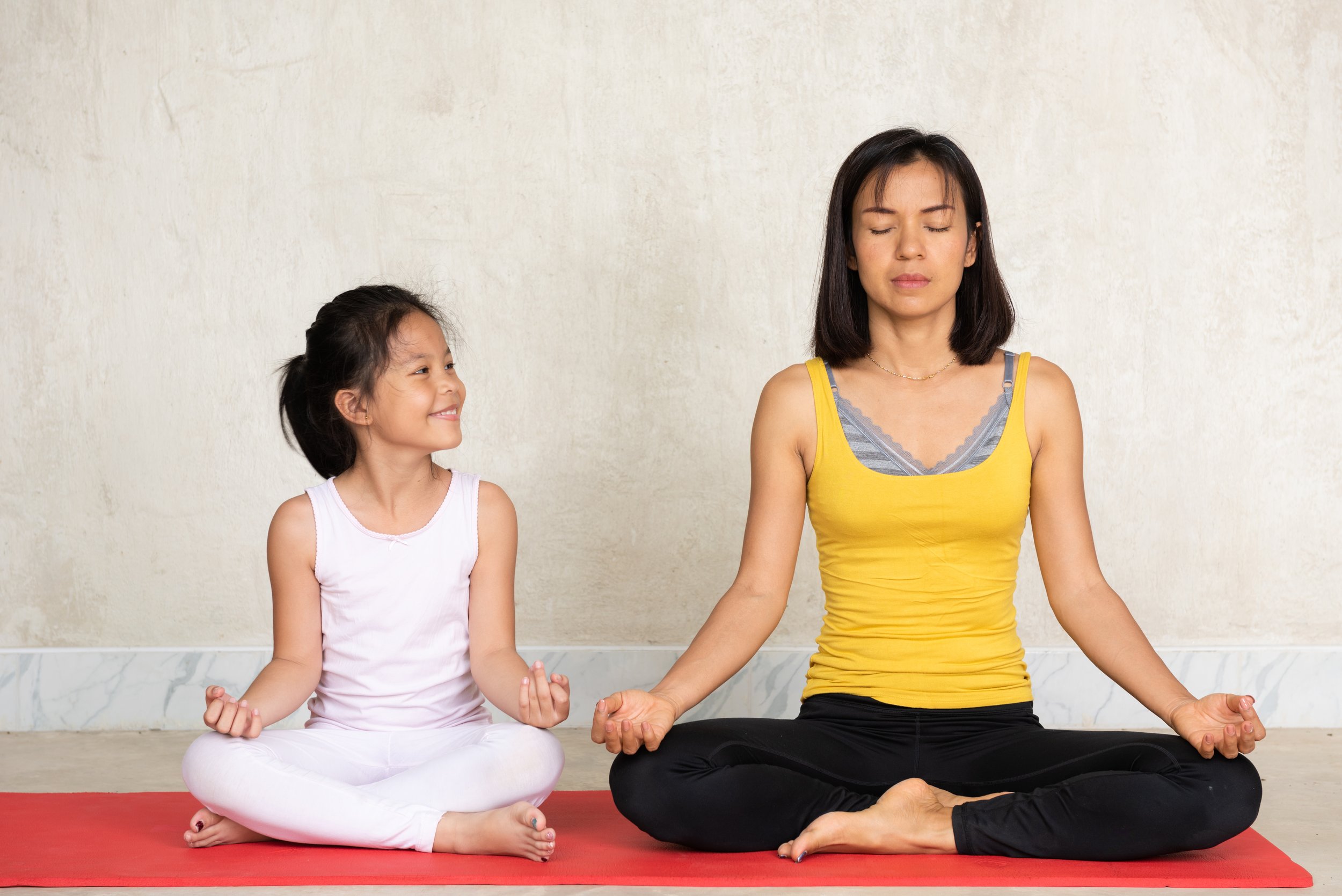Mindful breathing techniques to help young children regulate their emotions.
“He took my truck. No, I do not want to share! I don’t want to go to sleep!”
It is no secret that children have an array of emotions that they are trying to deal with as they gain new knowledge and learn social skills.. When they are trying to deal with the array of emotions, what do we do? Learning to deal with emotions such as frustration, anger, sadness, disappointment and hurt can be a big task for a little child but understanding how to navigate through those feelings is essential to growing up. Just like learning how to walk or talk, dealing with emotions is also a part of their developmental milestones. Mindful breathing exercises can help our little heroes to better understand how to deal with these big emotions.
Slow and easy breathing has positive effects on the mind and body. It helps to train your brain to focus, decrease anxiety and help with emotional regulation. A 2019 study with 61 preteens found that after 18 minutes of yoga breathing, their attention improved, and anxiety decreased. Positive results also came out of a study from Ottawa, where two paediatric residents led bi-weekly mindfulness workshops at an at-risk elementary school. The program me included mindful breathing, and after their sessions, the students were better able to recognise emotions and use tangible relaxation techniques to deal with them.
You may be thinking, when and how do we teach our children mindful breathing? It is essential to know that mindful breathing cannot be introduced when behaviour has fully escalated. Instead, introduce mindful breathing incidentally in a fun and playful way. One example could be having your child sit across from you and take deep breaths together. “Breathing in, I am calm. Breathing out, I smile,” could be words used as a way to calm your child down. There are also several types of breathing that you can practice with your loved ones.
The Flower Breath: Imagine smelling a flower. Breathe in through your nose, out through your mouth.
The Bunny Breath: Take three quick sniffs through the nose and one long exhale through the nose. (As your child starts to get the hang of it, have your little bunny
focus on making the exhale slower and slower.)
The Snake Breath: Inhale slowly through the nose and breathe out through the mouth with a long, slow hissing sound.
Blow Out the Candle: Imagine a birthday candle that is lit. Take in a deep breath through the nose and then exhale through the mouth to blow out the candle.
Smell the Rose/Blow Out the Candle: Combine the Flower Breath (on the inhale) with the Blow Out the Candle Breath (on the exhale), holding up your pointer finger to your nose as “you smell the rose,” and drop your finger to your mouth as you “blow out the candle.”
In fact, mindful breathing could be a practice not only done by our little ones but for ourselves too!
The expression, ‘Just take a deep breath’ has personally helped many adults to deal with their own emotions before helping their children’s and students' regulate their emotions. Mindful breathing is a wonderful and quick technique that can be used in regulating emotions in both children and adults!

